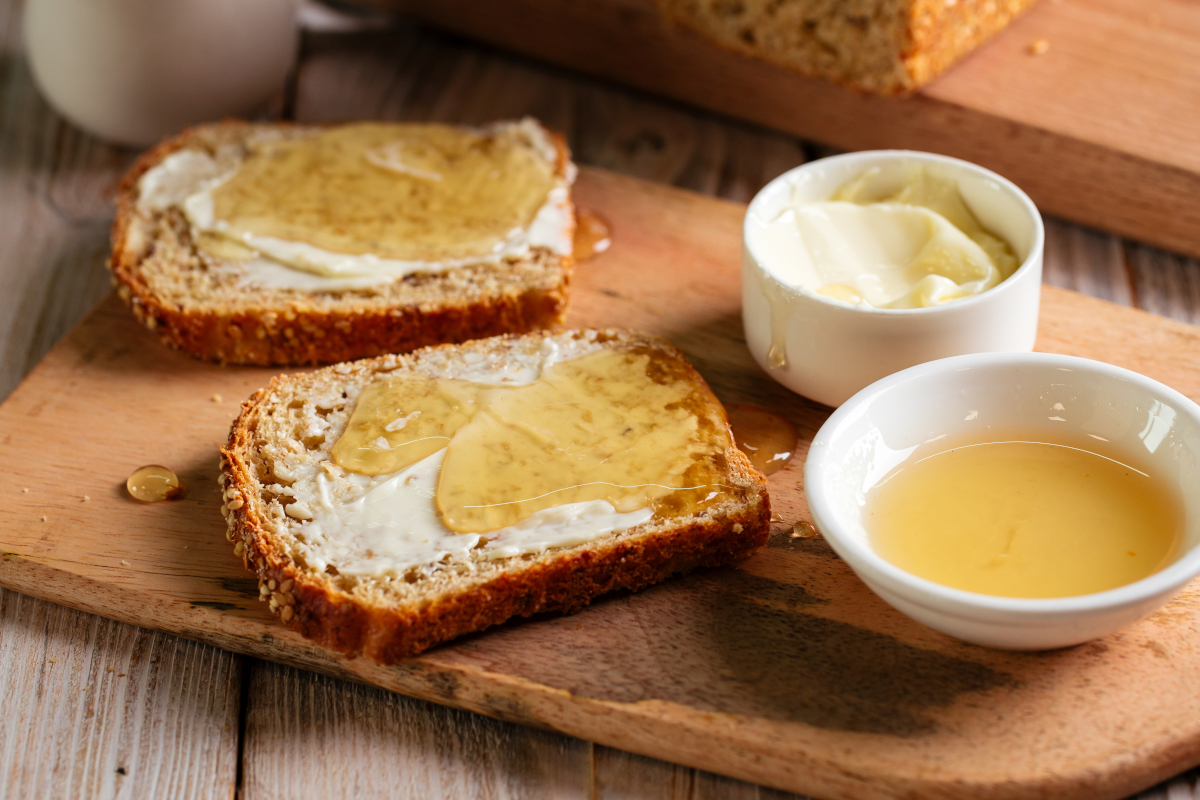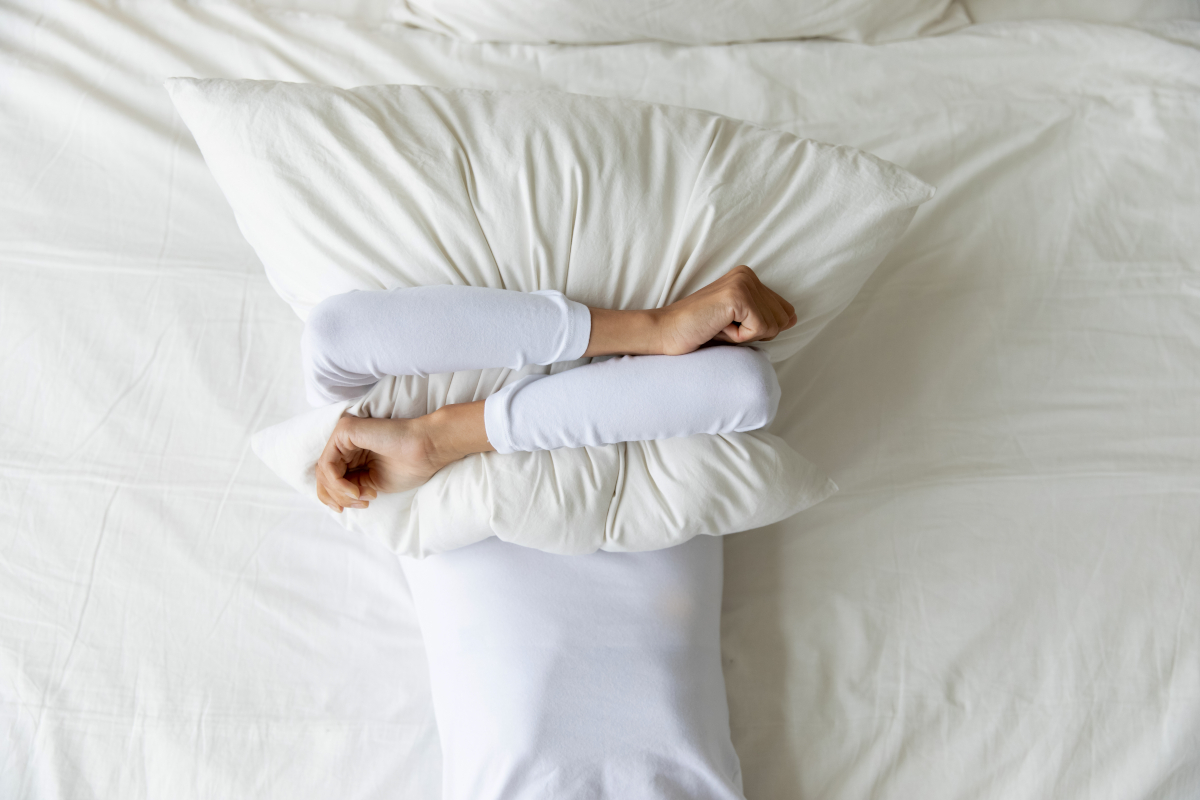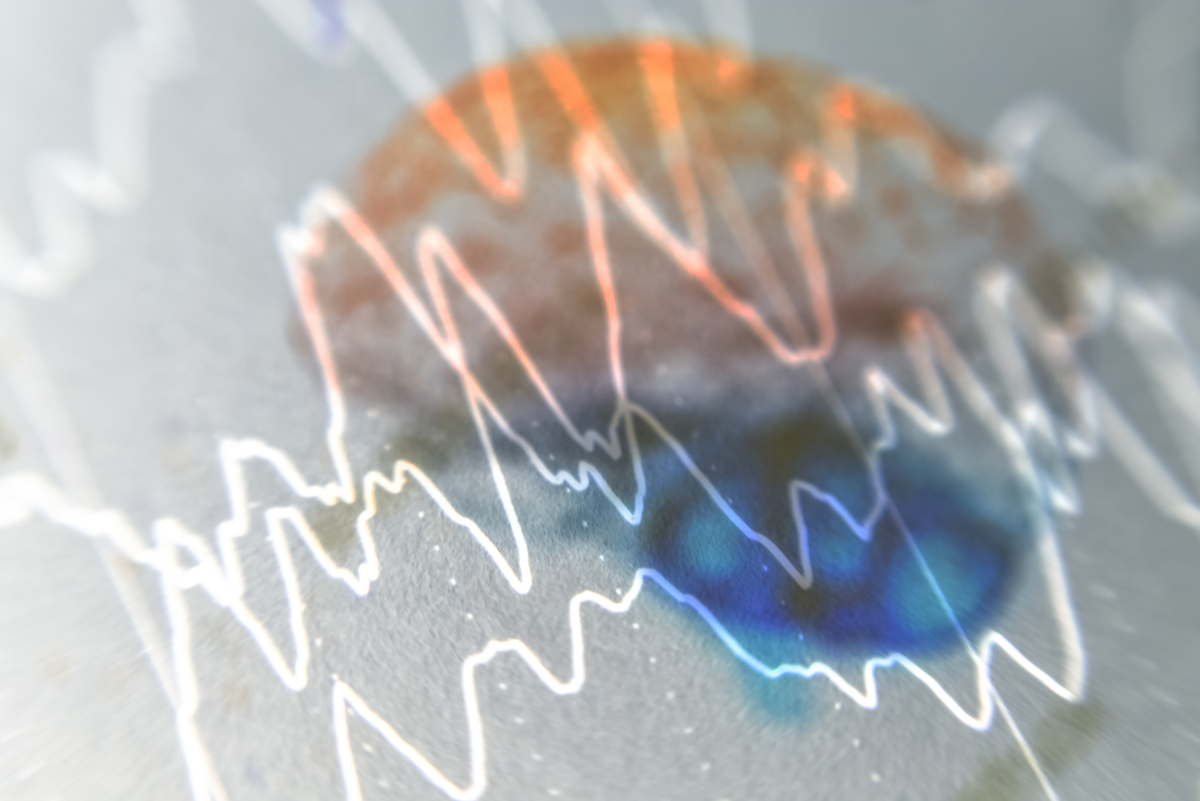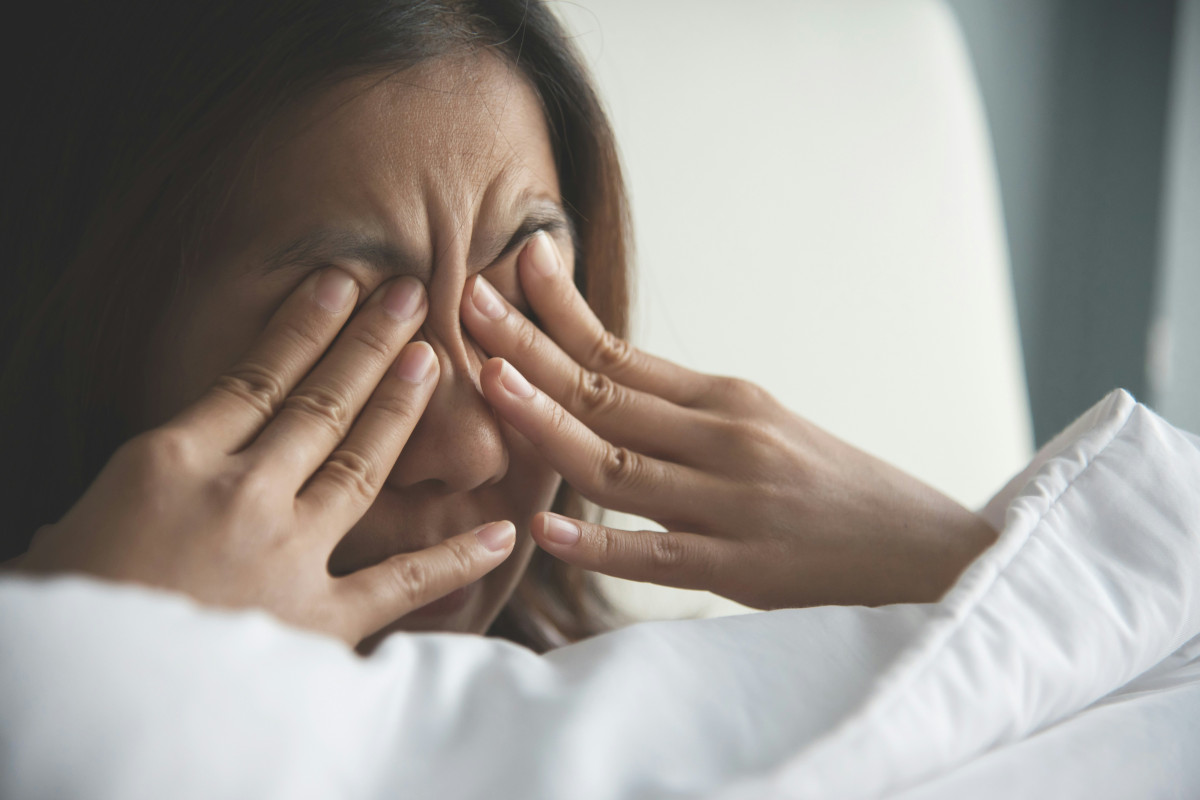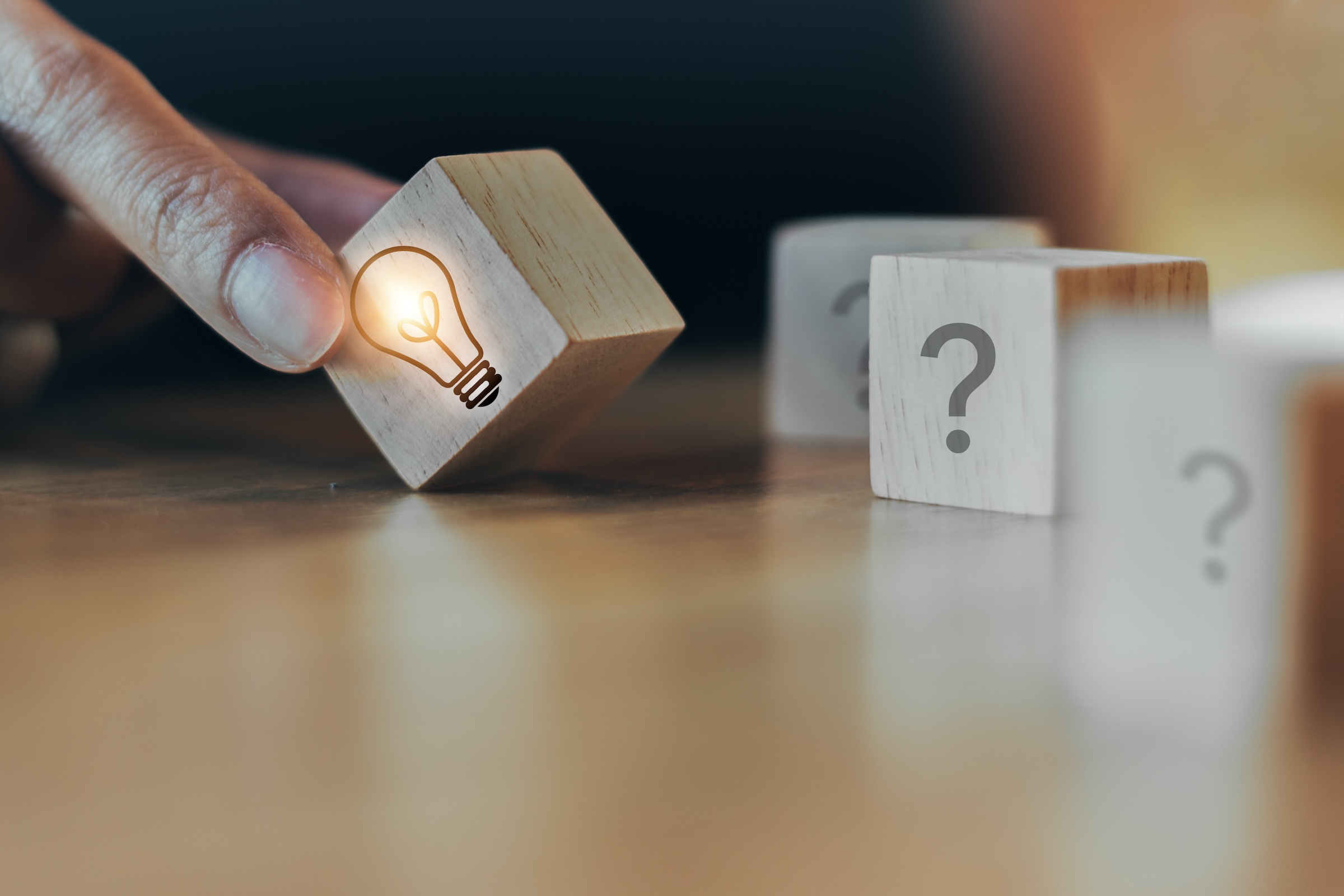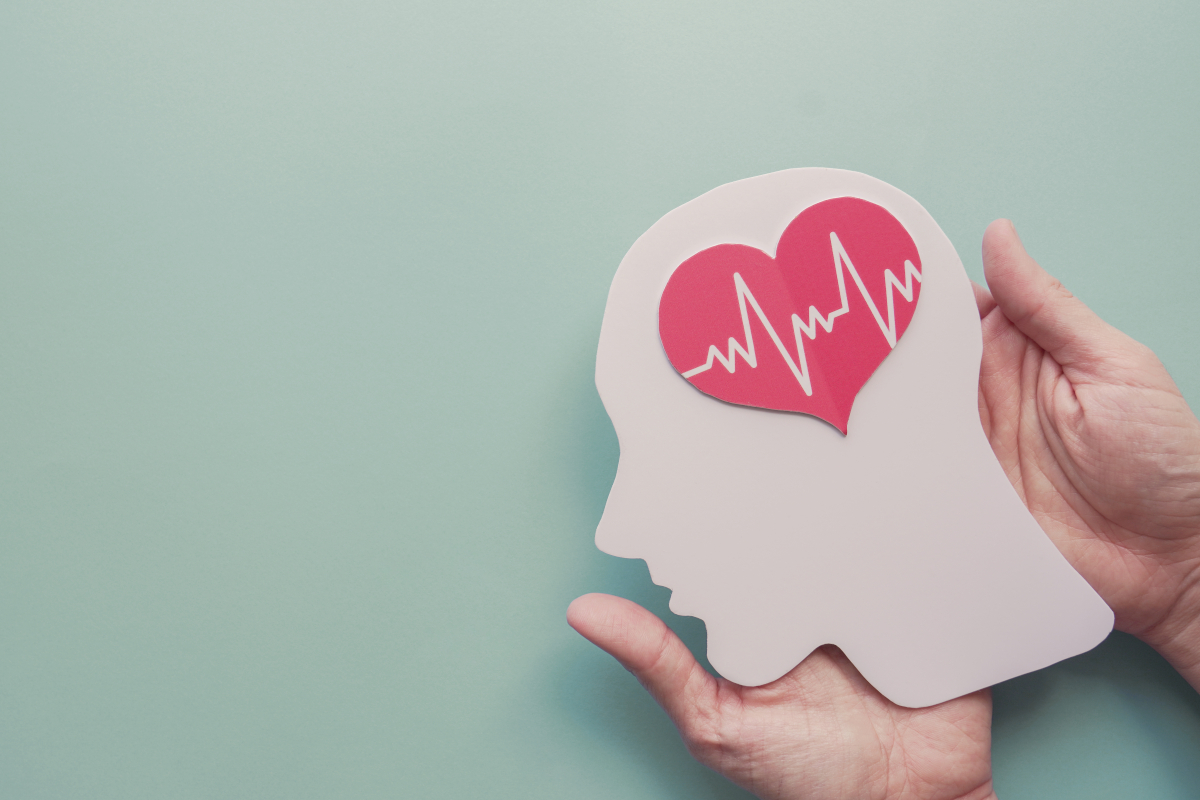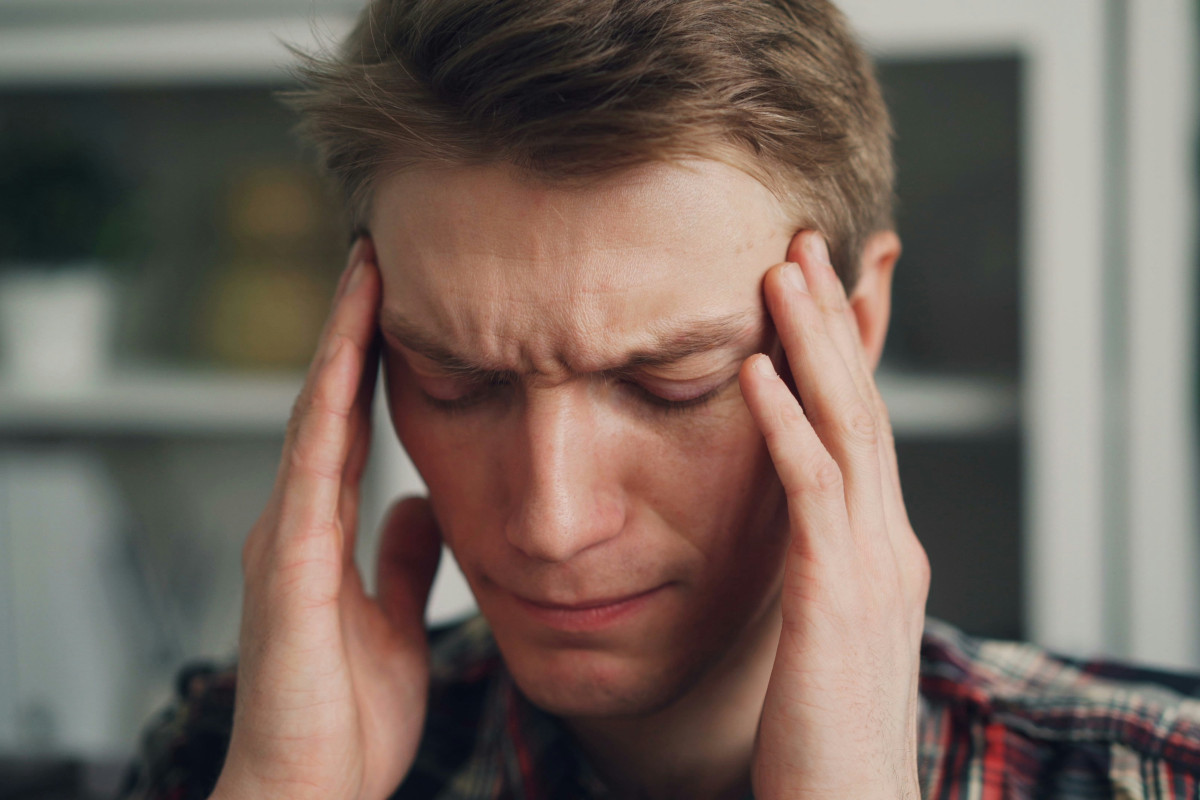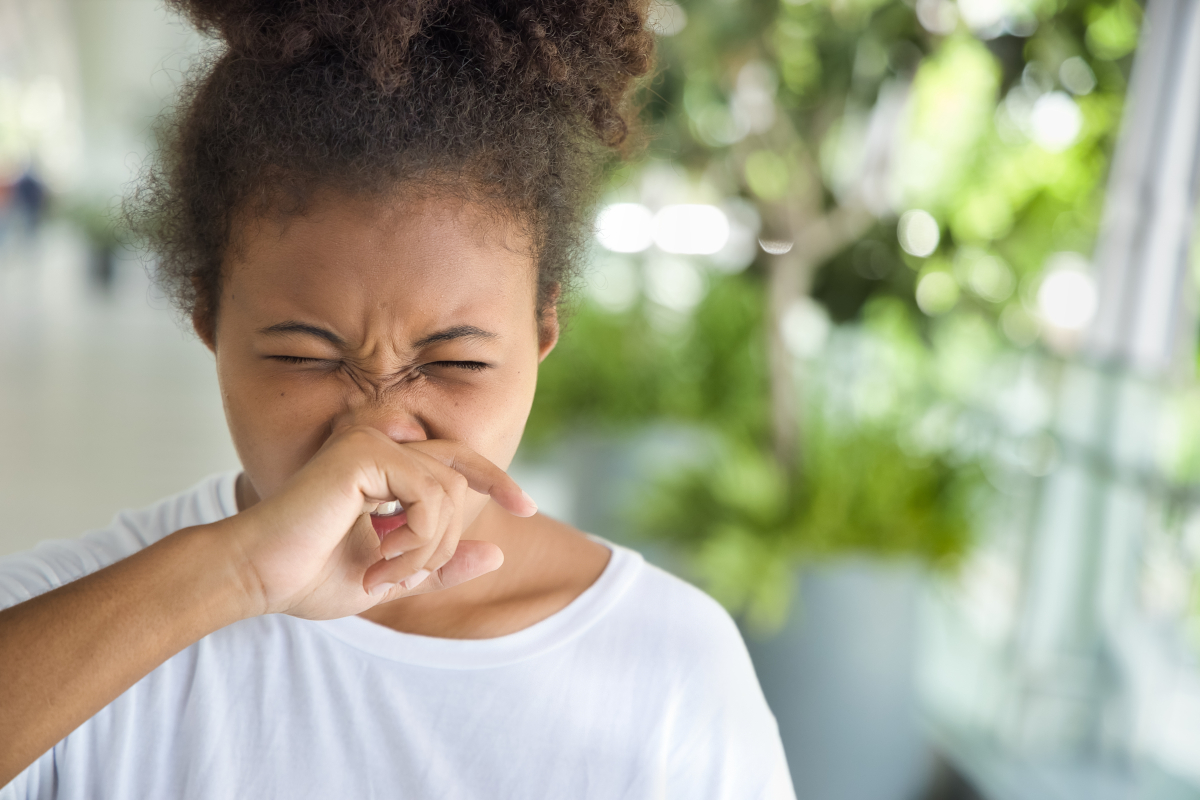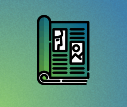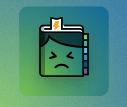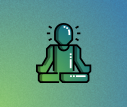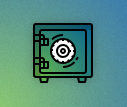Noise – an underestimated headache and migraine trigger?
Everyone has a different noise tolerance level. One person’s “barely noticeable” is another’s “unbearable”. The sounds that surround us all the time are a major source of annoyance for many people. Road traffic noise tops the list and has been getting worse for years. Residential neighborhoods near airports are badly affected by aircraft noise, too. Increasing aircraft noise seems to be the price to pay for a world constantly on the move, be it for work or for play.
-
References
Chakravarty A, Mukherjee A, Roy D. Trigger factors in childhood migraine: a clinic-based study from eastern India. J Headache Pain. 2009 Oct;10(5):375-80. doi: 10.1007/s10194-009-0147-x. Epub 2009 Aug 25.
Friedman DI, De ver Dye T. Migraine and the environment. Headache. 2009 Jun;49(6):941-52. doi: 10.1111/j.1526-4610.2009.01443.x. Review.
Main A, Dowson A, Gross M. Photophobia and phonophobia in migraineurs between attacks. Headache. 1997 Sep;37(8):492-5.
Martin PR, Reece J, Forsyth M. Noise as a trigger for headaches: relationship between exposure and sensitivity. Headache. 2006 Jun;46(6):962-72.
Martin PR, Todd J, Reece J. Effects of noise and a stressor on head pain. Headache. 2005 Nov-Dec;45(10):1353-64.
Martin PR. Triggers of Primary Headaches: Issues and Pathways Forward [published online ahead of print, 2020 Jul 10]. Headache. 2020;10.1111/head.13901. doi:10.1111/head.13901
Neut D, Fily A, Cuvellier JC, Vallée L. The prevalence of triggers in paediatric migraine: a questionnaire study in 102 children and adolescents. J Headache Pain. 2012 Jan;13(1):61-5. doi: 10.1007/s10194-011-0397-2. Epub 2011 Nov 1.
Niemann H, Bonnefoy X, Braubach M, Hecht K, Maschke C, Rodrigues C, Röbbel N. Noise-induced annoyance and morbidity results from the pan-European LARES study. Noise Health. 2006 Apr-Jun;8(31):63-79.
Park JW, Chu MK, Kim JM, Park SG, Cho SJ. Analysis of Trigger Factors in Episodic Migraineurs Using a Smartphone Headache Diary Applications. PLoS One. 2016 Feb 22;11(2):e0149577. doi: 10.1371/journal.pone.0149577. eCollection 2016.
Solotareff L, Cuvellier JC, Duhamel A, Vallée L, Tich SNT. Trigger Factors in Childhood Migraine: A Prospective Clinic-Based Study From North of France. J Child Neurol. 2017 Jul;32(8):754-758. doi: 10.1177/0883073817705251. Epub 2017 Apr 24.
Spierings EL, Ranke AH, Honkoop PC. Precipitating and aggravating factors of migraine versus tension-type headache. Headache. 2001 Jun;41(6):554-8.
Vingen JV, Pareja JA, Støren O, White LR, Stovner LJ. Phonophobia in migraine. Cephalalgia. 1998 Jun;18(5):243-9.

